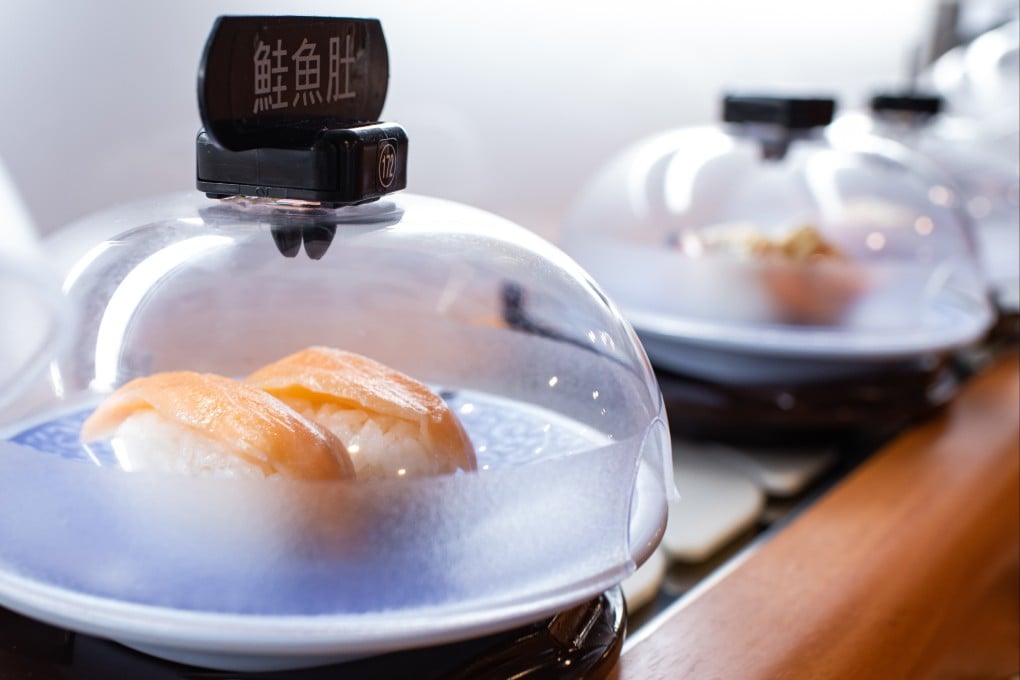End of the sushi line? In Japan, conveyor-belt restaurants face uncertain future amid hygiene, waste concerns
- A recent spate of viral videos showing pranksters tampering with passing dishes is killing consumer appetite for conveyor-belt sushi
- One ‘kaiten sushi’ giant is reportedly doing away with the conveyor-belt concept, reintroducing delivery-on-order for the ‘human touch’

The Asahi newspaper reported last week that one of the largest “kaiten sushi” chains in Tokyo, Sushi Choushimura, had not reinstalled a conveyor belt at a renovated restaurant in Nerima Ward that reopened in October, and the company would start to phase out the system as it upgraded other properties.
When you have an outward-facing brand like this, bad publicity will hit the bottom line fast
An official of the company said the intention was to add value to the brand by talking directly with customers and having a “human touch”.
Restaurants in Japan responded to the pranks by insisting on prosecutions, with several cases leading to significant fines for those found guilty of harming the businesses’ reputations – but the damage had already been done.
With customer numbers dwindling, another concern is the increased food waste. While traditional sushi restaurants prepare and serve dishes to order, chefs at a “kaiten sushi” restaurants prepare many plates at once and hope they are all selected before the rice begins to harden and the fish loses its lustre, at which point they have to be taken off the conveyor belt and thrown away.
Marc Matsumoto, host of a cooking show aired by national broadcaster NHK and author of a number of books on Japanese cuisine, said that while waste was increasingly becoming an issue, hygiene was the biggest concern for consumers.